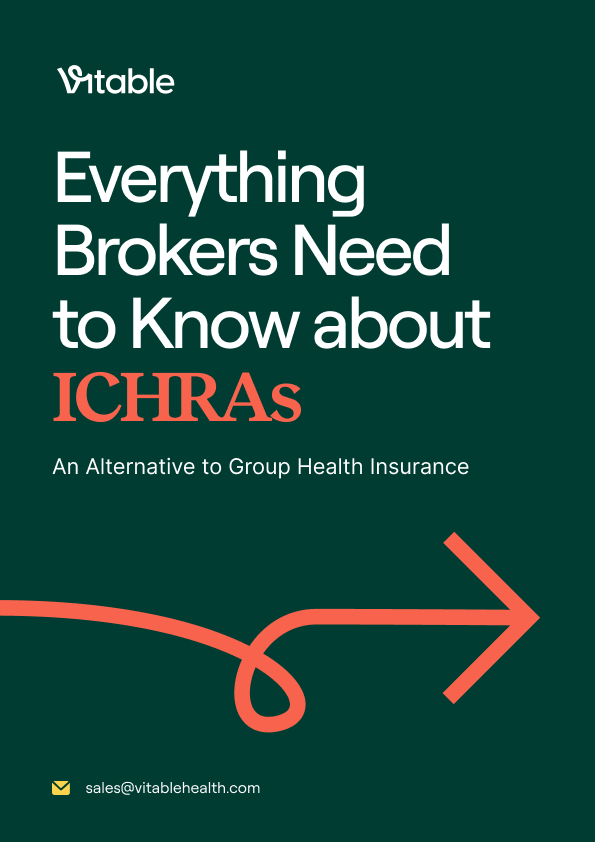Is My Business Required to be ACA Compliant?
The Affordable Care Act has brought massive and tangible benefits for lower-income workers and the businesses that employ them. It has provided better access to care, positive health outcomes, financial security, and less uncompensated care for lower-income workers across the United States. Additionally, it has helped improve healthcare costs for small businesses, making them much more reasonable.
Due to these benefits, there are several reasons as to why businesses owners would want to be eligible for the program. Becoming eligible can reduce healthcare costs for a business, expand its medicaid eligibility, and allow them to offer better insurance to those who work for them. To become eligible, there are a few requirements a business must fulfill. We put together a list for you so you can make sure your employees are getting the healthcare they need.
What does my company size need to be to qualify?
Any company with 50 or more full time employees (30+ hours of work a week on average) is applicable to receive ACA benefits. You are still able to have multiple EIN’s as long as they still fall under the same parent company.

Download 2025 Employer Guide to ICHRA
Vitable’s ICHRA Guide gives employers a clear, step-by-step resource for building smarter, ACA-compliant benefits.
This guide explains how ICHRAs work, who qualifies, and how Vitable simplifies setup, onboarding, reimbursements, and compliance — while giving employees more flexibility, control, and care.

Download Vitable’s 2025 Broker’s Guide to ICHRA
The Broker Guide to ICHRAs is a comprehensive resource that helps brokers understand, sell, and manage Individual Coverage HRAs with confidence.
This guide covers everything from compliance and class design to administration flows, case studies, and how Vitable streamlines quoting, enrollments, and reimbursements for brokers, employers, and employees.
How affordable does my company’s coverage have to be?
Coverage is only considered affordable if the cost is lower than a certain percentage of the employee’s household income. This number varies, but generally lies somewhere in the 10% range.
How many of my employees does this coverage need to apply to?
ALEs must provide coverage for 95% of their full time employees in order to be eligible for ACA benefits. Employers must track these hours according to ACA guidelines in order to avoid IRS penalties.
What exactly do I need to report to the IRS?
Employers must file Form 1094-C (Transmittal of Employer-Provided Health Insurance Offer and Coverage Information Returns), which only goes to the IRS. Employers must also file Form 1095-C and present a copy to all full time employees OR were self-insured for 1+ months of the year. This allows the employees to report aspects of their insurance such as the premium, type of insurance, when the coverage was available, and dependents.
It’s also important to note that you may need to submit similar forms to your state, as some require ACA-like forms for coverage.
How do I respond to IRS penalty notices?
Employers must respond in 30-45 days. They must correctly track employee eligibility and maintain transparent and organized data from the prior tax years. In the time window, employers must provide this data, pay any penalties, and correct any errors that may have been on file to the IRS.
Maintaining compliance within the IRS is key to getting the coverage you and your employees need via the ACA. Implementing a sound compliance strategy within your business is one of the most effective ways to ensure that you are following IRS guidelines. The ACA is a game changer for millions of people across America- make sure your business complies with IRS regulations so you can focus on the important things.
Ready to learn more?
Stay ahead with the latest insights on healthcare, benefits, and compliance—straight to your inbox.
Get a quote
Get a personalized health benefits quote tailored to your company’s unique needs.
Vitable helps employers provide better healthcare to their employees and dependents by improving accessibility, cost, and quality.
